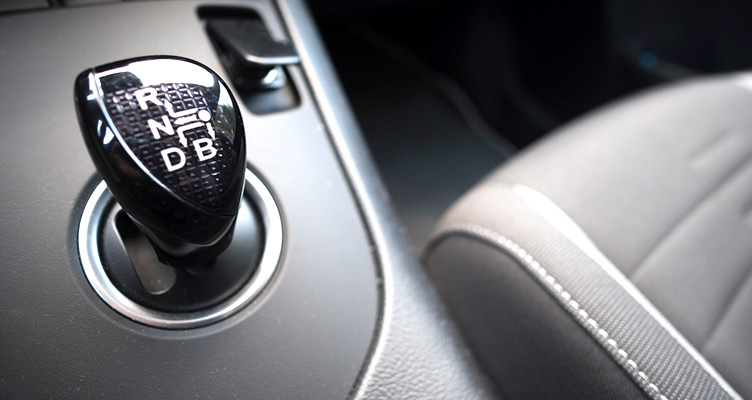You’ve probably heard about CVT transmission before, especially if you’ve been interested in purchasing a vehicle. For many years, we’ve known that there are only two kinds of transmissions: manual and automatic. Now, we’ve been seeing cars with a CVT transmission. You may ask, “What is it exactly and would I ever need it?” In this post, we are going to share everything you need to know about this type of transmission.
What is a CVT Transmission?
CVT stands for ‘Continuously Variable Transmission’. Technically speaking, it is a type of automatic transmission. However, CVT transmission can change seamlessly because of its infinite gear ratios. In contrast, standard automatic transmissions only have a finite number of gear ratios.
What is the Difference Between Automatic Transmissions and CVTs?
Automatic transmissions have an intricate series of brakes, gears, principal devices, and clutches. Also known as speeds, gears on standard automatic transmissions usually come in fixed numbers. For instance, you may have encountered a vehicle with a 6-speed automatic transmission. This info means that the car has six gears in its transmission. Moreover, every gear is designed to reach a particular vehicle speed. When you try to accelerate, your transmission has to shift up through the gears, beginning with the first, second, and so forth.
Now, with a CVT transmission, you can expect the ideal engine speed for every driving condition. What’s more, even if your car is accelerating rapidly, the engine speed will remain constant. It is worth noting that a CVT transmission does not contain individual gears. On the other hand, it has a single gear that flawlessly changes, depending on the driving condition.
When you compare a CVT transmission with an automatic, you won’t feel the gear shifting from one position to another. What you’ll notice is the change in the RPMs. Often, the RPM is lower for cruising and higher for acceleration. Indeed, CVTs are evidence of how manufacturers work hard on enhancing modern vehicles.
What is the Lifespan of CVT Transmissions?
Of course, when you’re buying a vehicle, you’d want to get the most out of your money. So, you might ask, “How long does a CVT transmission last?” Well, it depends on the make of the car. It is worth noting that manufacturers like Honda, Toyota, Nissan, and Subaru have different versions of CVT transmissions in their collections. In most cases, first-generation models have shifters with a shorter lifespan. Nissan also encountered the same issue with their JATCO lineups. It goes without saying that these are the brands you should avoid when purchasing a vehicle with a CVT transmission.
Should You Buy a CVT Car?
It is worth noting that you can expect longer fuel miles with continuously variable transmissions. What’s more, they produce more efficient and simpler power. Since you won’t feel the shift from different gears, the ride will be more comfortable. That said, it would take some time for you to get used to driving a CVT vehicle. Often, drivers complain about the continuous and low noise, which many refer to as ‘engine drone’. This noise can be quite bothersome for some people.
If you want to know if a CVT car is perfect for you, then your best bet is to go through a test drive. Meanwhile, if you want to get more information about CVTs, please do not hesitate to contact Carused.jp. We have a wide collection of used Japan cars with CVT transmissions. We will also help you decide which car is suitable for your needs. Alternatively, you can ask your questions in the comments below.


